

Lowland Gorillas

Lowland Gorillas
The Western Lowland Gorilla (Gorilla gorilla gorilla) is a subspecies of the Western Gorilla (Gorilla gorilla) that lives in montane, primary, and secondary forests and lowland swamps in Angola, Cameroon, Central African Republic, Congo, Democratic Republic of the Congo, Equatorial Guinea and Gabon. It is the gorilla usually found in zoos. Adult male Gorillas are prone to cardiomyopathy, a degenerative heart disease. Babec, a Western Lowland Gorilla on exhibit at the Birmingham Zoo in Birmingham, Alabama (USA) was the first gorilla to receive an artificial pacemaker.

A male Western Lowland Gorilla can stand 6 feet (1.8 m) tall and weigh almost
450 pounds (200 kg).
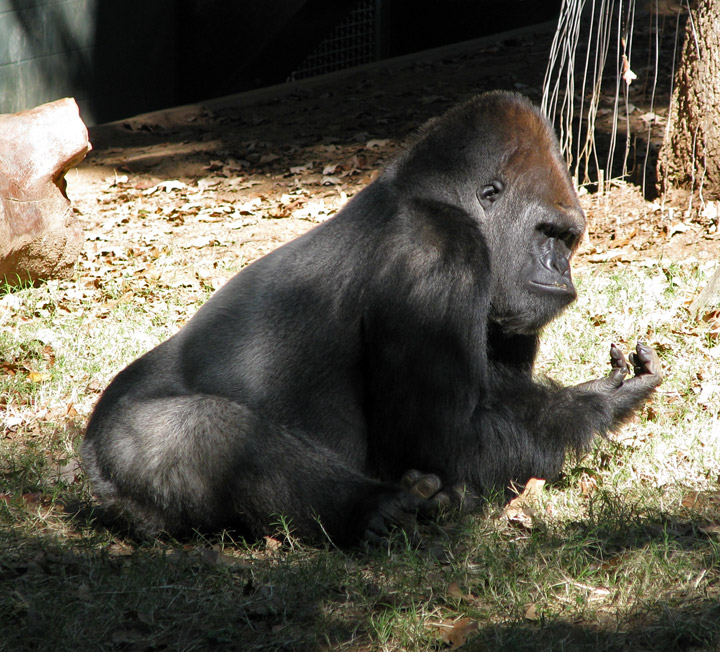
The Western Lowland Gorilla eats plants (including bamboo) and occasionally
insects.

They live in family groupings of one dominant male, five to seven adult females,
children and adolescents, and possibly a few non-dominant males. Gorillas
reproduce slowly because females do not begin reproducing until the age of nine
or ten and only produce one baby approximately every five years.
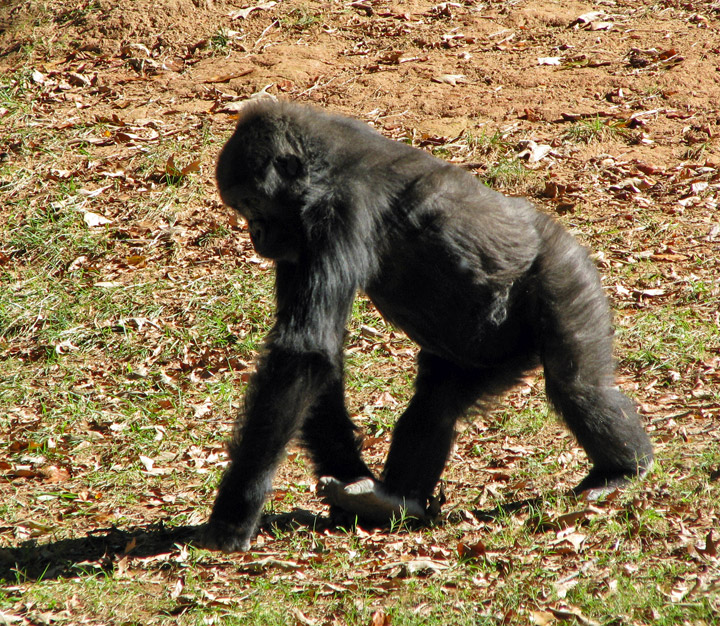
In the 1980s, a census taken of the gorilla populations in equatorial Africa was
thought to be 100,000. Researchers adjusted the figure after years of
poaching and deforestation had reduced the population to approximately
50,000.0.
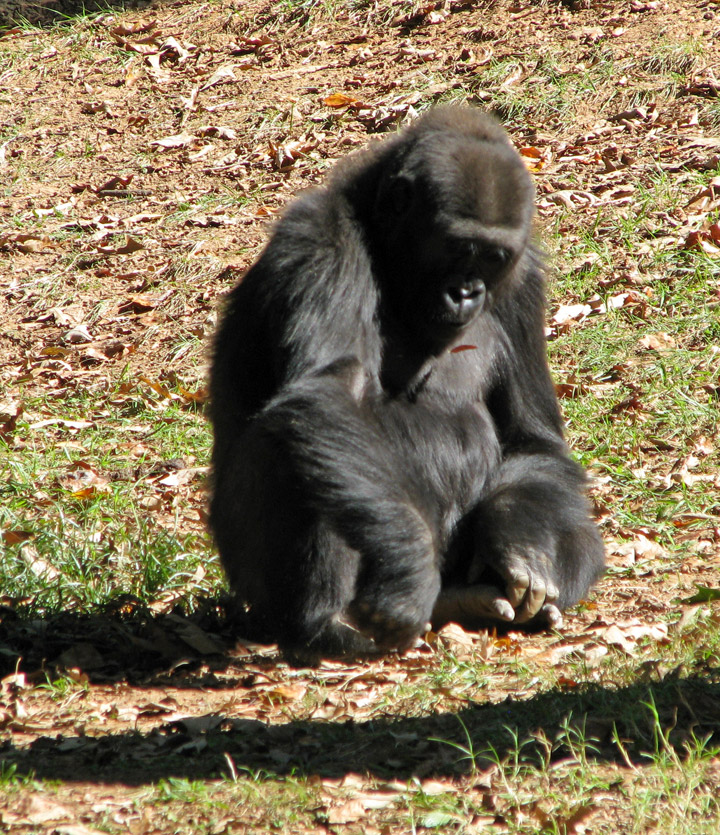
Surveys conducted by the Wildlife Conservation Society in 2006 and 2007 found
more than 100,000 previously unreported gorillas have been living in the swamp
forests of Lake Tele Community Reserve and in neighbouring Marantaceae (dryland)
forests in the Republic of the Congo.

a silver back male
With the new discovery, the current population of Western Lowland Gorillas could be around 150,000–200,000. However, the gorilla remains vulnerable to Ebola, deforestation, and poaching.
Text from Wikipedia


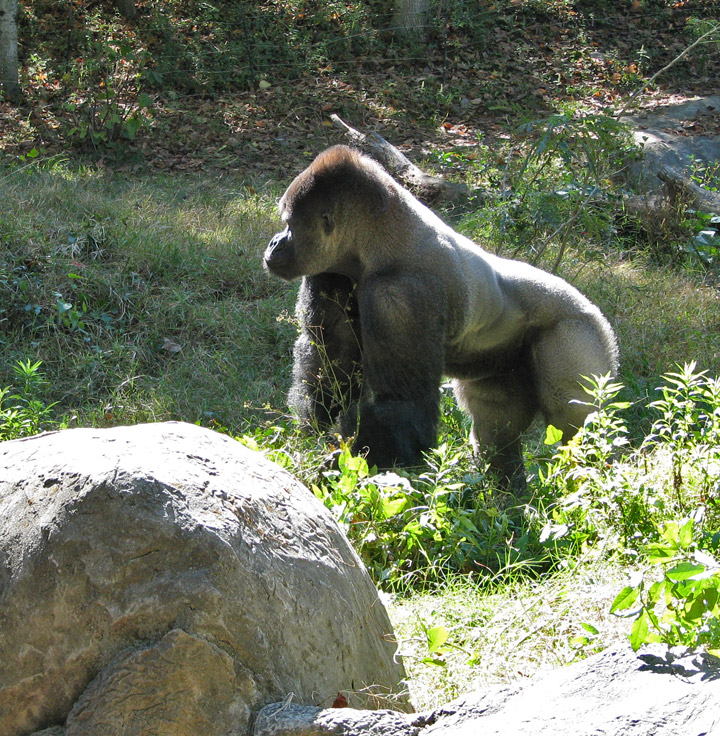
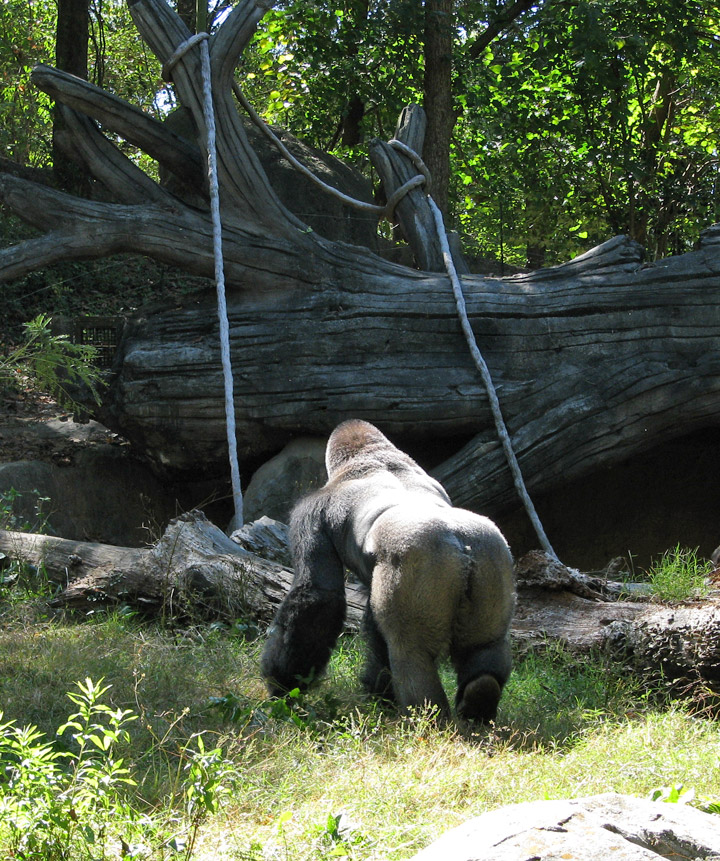

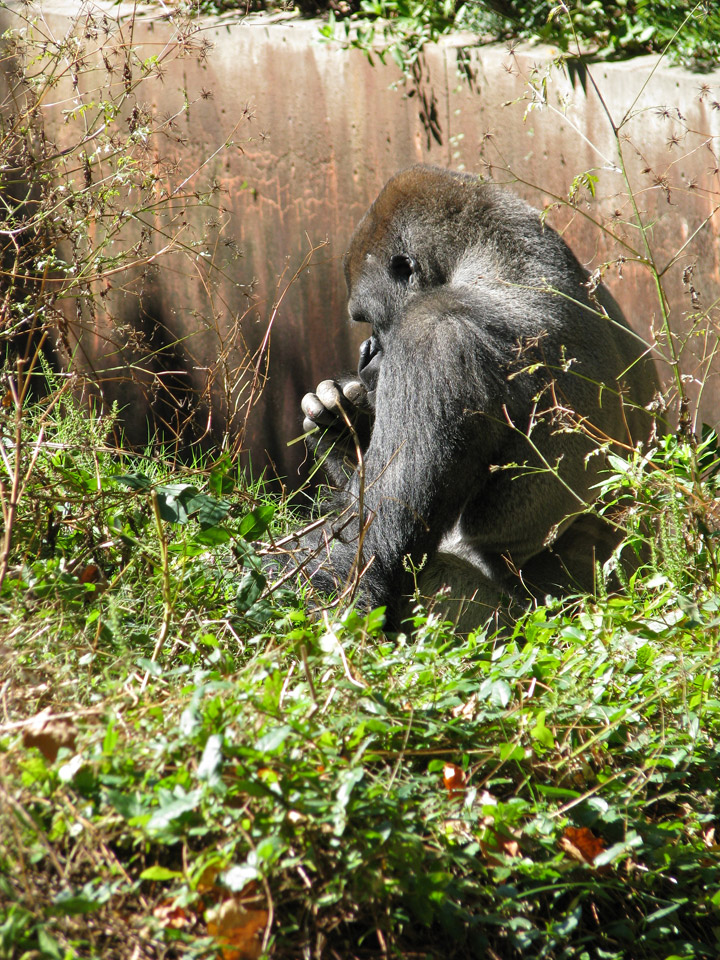


statues honoring Kudzu
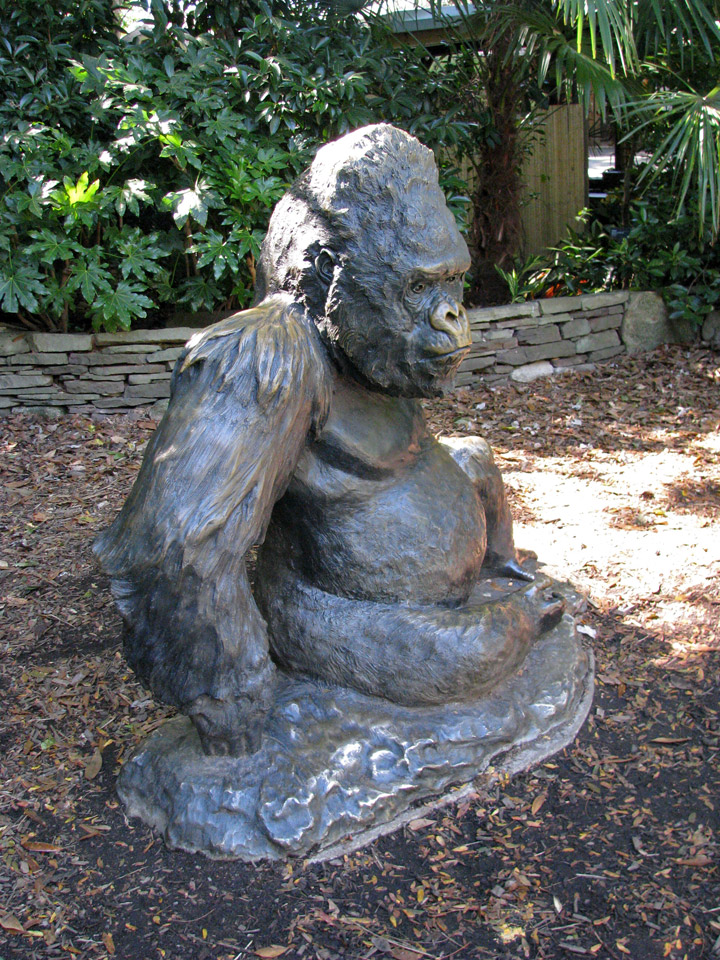
Willie B.


his portrait